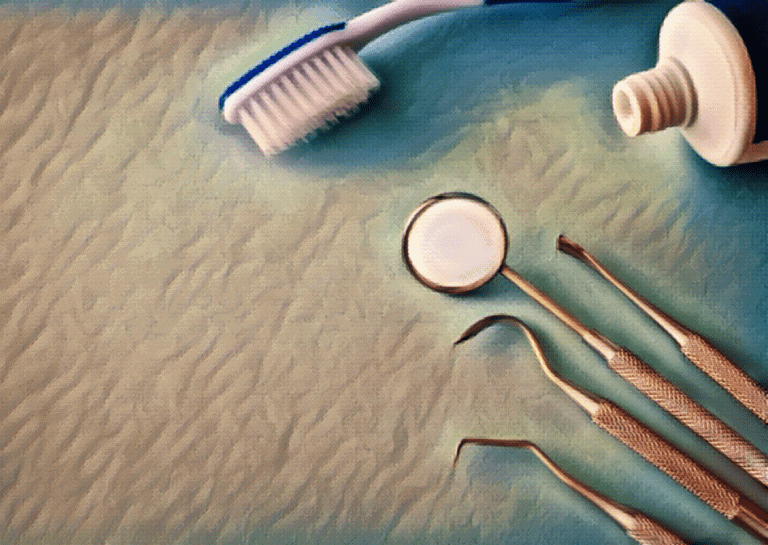As a parent, you want to be sure your baby is happy and healthy. There’s nothing more fulfilling than seeing a smile on your child’s face. And nothing can feel more stressful than keeping that smile healthy. Dental visits can bring a lot of stress financially and emotionally. Tears at the dentist’s office can be hard to watch, but you know it’s for the best.
But there are some questions that linger about what needs to be corrected and how early that can happen. Underbites and overbites are common occurrences in children and adults. If you’ve started to notice one of those two things in your toddler, you may be wondering what you need to do. Or if you need to do anything. In this article, we’ll talk about what over and underbites are, what causes them, and what treatment could look like.
Let’s get to it!
Table of contents
What are overbites and underbites and what causes them
An overbite, also known as buck teeth, means the front two teeth stick out beyond the lower teeth. It’s a misalignment that’s pretty common in children and adults alike. The main symptom is based on appearance. But other common signs of an overbite are difficulty fully opening or closing the mouth, discomfort while eating and chewing, jaw pain, and speech issues.
An underbite is similar, just switched around. It’s when the bottom teeth or lower jaw protrude further than the top teeth.
In many cases, these conditions are hereditary and passed down from a parent. Tooth overcrowding and crooked teeth can run in the family. But they can also be caused by genetic traits, with the shape of the jaw affecting the alignment of teeth. Or tongue thrusting, which means the tongue pushes forward into the teeth. In a young child, an overbite and underbite can also be caused by behavior like thumb-sucking and using a pacifier, especially past the age of three.
Will they fix themselves
Parents will notice an underbite or overbite forming as early as two years old. Your mind may jump straight to the dental bills and braces. But you may also wonder if the conditions will improve on their own over time? The answer is that it is possible for an underbite or overbite to improve with age. The truth is that an overbite may look dramatic in a two-year-old but it’s simply because their mouth is still growing. Time and development can naturally see an improvement in tooth alignment.
If you suspect thumb sucking or overuse of a pacifier to be the cause of the misalignments, discouraging the habits in your child could lead to an improvement in the conditions as well. However, it’s always best to stay on top of dentist appointments. Orthodontic treatment is always recommended during childhood years since the jaw and mouth are still malleable and easier to correct.
The American Academy of Orthodontics suggests all children have a check-in at the age of seven to evaluate if more involved correction is needed.
Treatment plans
If your dentist takes x-rays and thinks treatment is necessary, there are a number of things that could be done to correct an over or underbite. A treatment plan could include using palate extenders, especially during growth spurts, to reposition the jaw. Braces are another common tool used to correct the misalignment of teeth in children. Removal of the baby teeth to make room for adult teeth is a possible treatment plan to correct a misalignment due to overcrowding. In severe cases, though uncommon, surgery may be required.
In general, though, most of these plans aren’t done until children are over seven years old, with braces being most common for teens in the range of thirteen to fourteen to fix the position of the teeth.
If you don’t notice a difference or improvement as your child gets older, it’s important to seek diagnosis and treatment. There are long-term risks of not correcting an over or underbite early. Gone uncorrected, it can result in breathing problems, difficulty or pain while chewing, gum disease, jaw pain, tooth decay or cavities, and speech problems.
Key takeaways
If you notice the early signs of an under or overbite, there’s still reason to believe that age and growth can naturally improve jaw and tooth alignment. However, it’s important to stay on top of your toddler’s dental health. One of the key ways in preventing any serious risks or damage is by being vigilant, with dental visits beginning once your child is one. There are treatment plans that can reduce the chance of longer-term dental problems that will impact your child’s everyday life. A happy and healthy smile goes a long way in improving quality of life.
